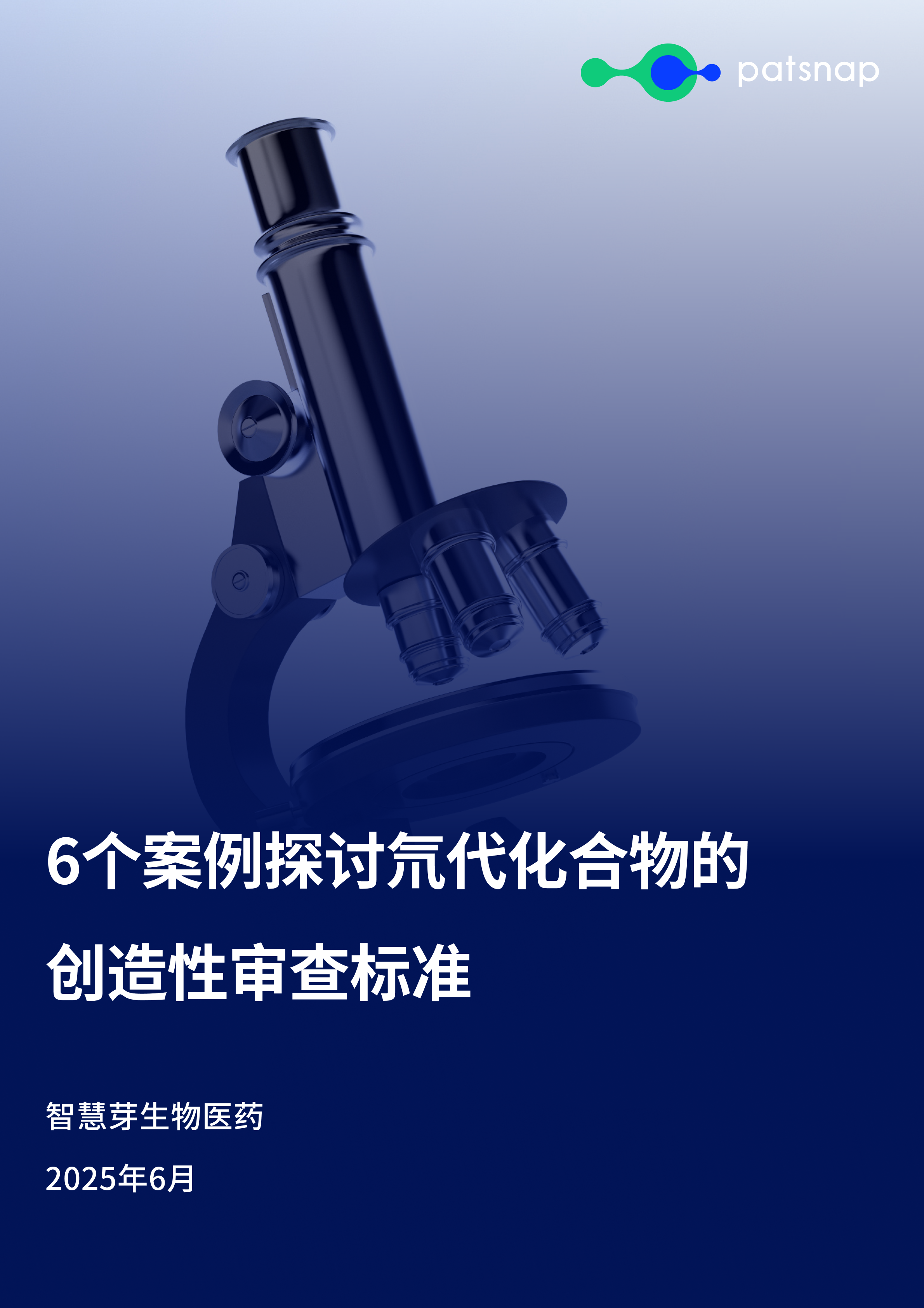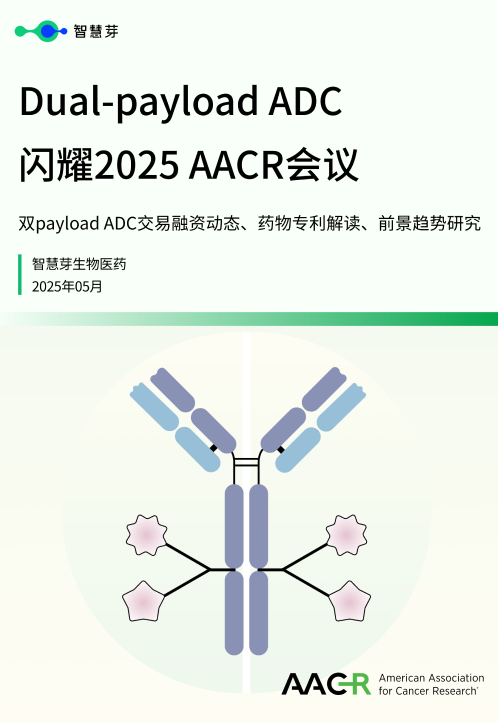预约演示
Xeltis Starts First-Ever Pivotal Trial of Its Synthetic Restorative Pulmonary Valve
2021-08-14
Currently available options for heart-valve replacement are either short-lived or necessitate the patient to endure long-term medication. But Xeltis’s device evolves into a fully functional natural heart valve that can potentially grow with the patient, thereby reducing repeated interventions, the company recently shared with MD+DI. It works through colonization by the patient’s own tissue, through a process called endogenous tissue restoration (ETR).
“[The device] is made of very biocompatible materials and has a specific porous microstructure,” said the company’s CEO, Eliane Schutte. “This enables the patient’s own cells to fill the pores of the device with new and healthy tissue, as part of natural remodeling processes, i.e., the reorganization or renovation of existing tissue,” she explained, adding that as a natural and functional heart valve made of a patient’s own tissue is restored through ETR, the Xeltis heart valve is then resorbed into the body.
Schutte commented that the process can take between six to 12 months to fully colonize the valve and build strong enough tissue that can take over the device functionality.
The device is made of a special class of polymers, based on supramolecular chemistry, Schutte said. “These polymers are then processed into very thin fibers—much thinner than a hair—to form the shape of the heart valve with the porous microstructure that the cells need to make their home,” she said. “The process used is called electrospinning, which consists of using electric charge to draw polymer solutions into threads.”
The Xplore2/Pivotal trial is an FDA-approved Investigational Device Exemption, prospective, non-randomized clinical study to assess safety and efficacy of the restorative pulmonary valve in up to 50 patients, ranging in age from two to 22, who are undergoing right ventricular outflow tract (RVOT) reconstruction.
Schutte said the company is currently enrolling patients. “Since RVOT reconstruction is luckily required in a relatively small number of children, it may take time to fully enroll the number of patients needed for this trial,” she said. “The enrolled patients will be followed for at least one year to secure the data required for submission to FDA.”
Image courtesy of Xeltis Endogenous tissue restoration (ETR).
The trials will be carried out in up to 15 centers in the United States, Europe, and Asia. Some of the locations include Cincinnati Children’s Hospital, Cincinnati, OH; University of Texas Southwestern Medical Center, Dallas, TX; Children’s Hospital Colorado, Aurora, CO; Children’s Hospital Los Angeles CA; University Children’s Hospital, Krakow, Poland; National Cardiology Hospital Sofia Bulgaria; National Heart Institute, Kuala Lumpur, Malaysia.
There are many other applications for the company’s restorative technology platform, Schutte mentioned. Currently, Xeltis focuses on cardiovascular conditions. “Besides heart valves, we are actively working on small-diameter vascular grafts, such as coronary artery bypass grafts and access grafts for patients undergoing dialysis,” she said.
“Considering both applications, our technology has the potential to positively impact the quality of life of millions of people worldwide,” Schutte concluded.
适应症
-靶点
-药物
-Eureka LS:
全新生物医药AI Agent 覆盖科研全链路,让突破性发现快人一步
立即开始免费试用!
智慧芽新药情报库是智慧芽专为生命科学人士构建的基于AI的创新药情报平台,助您全方位提升您的研发与决策效率。
立即开始数据试用!
智慧芽新药库数据也通过智慧芽数据服务平台,以API或者数据包形式对外开放,助您更加充分利用智慧芽新药情报信息。




